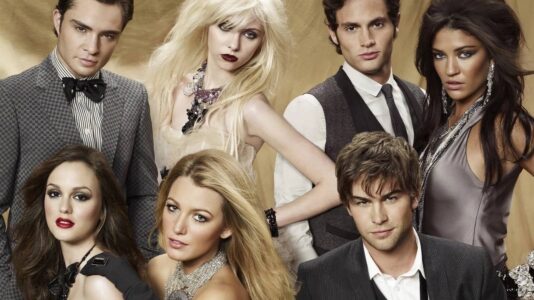Darren Aronofsky’s New Venture: A Comic Crime Caper in Caught Stealing
Award-winning director Darren Aronofsky, known for his intense dramas like The Wrestler and Black Swan, is set to release a lighter, comedic crime film titled Caught Stealing. This movie, opening in theaters on August 29th, marks a departure from his typical style and draws inspiration from the crime dramas of legendary filmmaker Martin Scorsese.
A New Direction for Aronofsky
In Caught Stealing, Austin Butler plays the role of a former baseball player navigating the murky waters of New York City’s criminal underworld in the 1990s. The film suggests a stylistic homage to Scorsese’s hallmark works such as Mean Streets and Goodfellas, but Aronofsky has pointed to a deeper influence from After Hours, Scorsese’s 1985 indie black comedy. This film masterfully captures a chaotic, nightmarish odyssey through an unfamiliar city, establishing a unique tone that Aronofsky aims to replicate.
In a recent interview, Aronofsky described the 1990s as a period that felt "remarkable" and "more loose," expressing his nostalgia for the era. This sentiment shapes the whimsical elements of Caught Stealing, contributing to a film that offers both laughs and critiques of societal norms. Joining Butler in the cast are Regina King, Zoë Kravitz, Matt Smith, and Liev Schreiber, rounding up a talent-rich ensemble.
Inspirations Behind the Film
Aronofsky’s choice to reflect on After Hours is particularly interesting. Initially a film meant to signify Scorsese’s resurgence after a series of personal challenges, After Hours remains a testament to a night of unexpected challenges and absurd situations. In Caught Stealing, audiences can expect a similar exploration of a protagonist becoming ensnared in bizarre circumstances. As Aronofsky noted, After Hours tells the story of "the common man out of his depth," a theme he seeks to echo in his new work.
Although After Hours does not feature traditional gangsters, its essence mirrors those harrowing experiences typical of Scorsese’s crime sagas. The film, with its surreal and humorous twists, serves as an exploration of moral confusion—trapped in an underworld atmosphere without committing actual crimes, yet still facing significant consequences.
A Shift to Humor
Aronofsky’s signature style often leans heavily toward darker atmospheres filled with psychological tension. However, Caught Stealing stands out as a lighter attempt, coming off the mixed reviews of his previous film, The Whale. According to Aronofsky, this shift toward comedy allows for a fresh narrative viewpoint while still maintaining depth—a balance crucial for engaging audiences.
Critics regard After Hours as one of Scorsese’s funniest and most stylistically unique works. The humor derives from the absurdity of an everyman caught in increasingly desperate situations, which serves as a backdrop for exploring the themes of chaos and personal inadequacy.
Conclusion: Caught Stealing and Its Potential Impact
As Aronofsky transitions into the realm of comic crime capers, Caught Stealing positions itself as a challenger to the classic "worst night ever" genre. While he undoubtedly draws from Scorsese’s rich legacy, the director’s own distinctive style is poised to inject modern perspectives into this nostalgic narrative. The juxtaposition between comedy and crime gives Caught Stealing the potential to resonate with both audiences seeking levity and those craving intricate storytelling.
The film presents not only a continuation of Aronofsky’s evolution as a filmmaker but also a reflection of the cultural nostalgia for the 1990s, inviting viewers to reflect on their experiences in an era marked by change. How this film will be received remains to be seen, but it undoubtedly carries the weight of expectations set by its illustrious inspirations.









